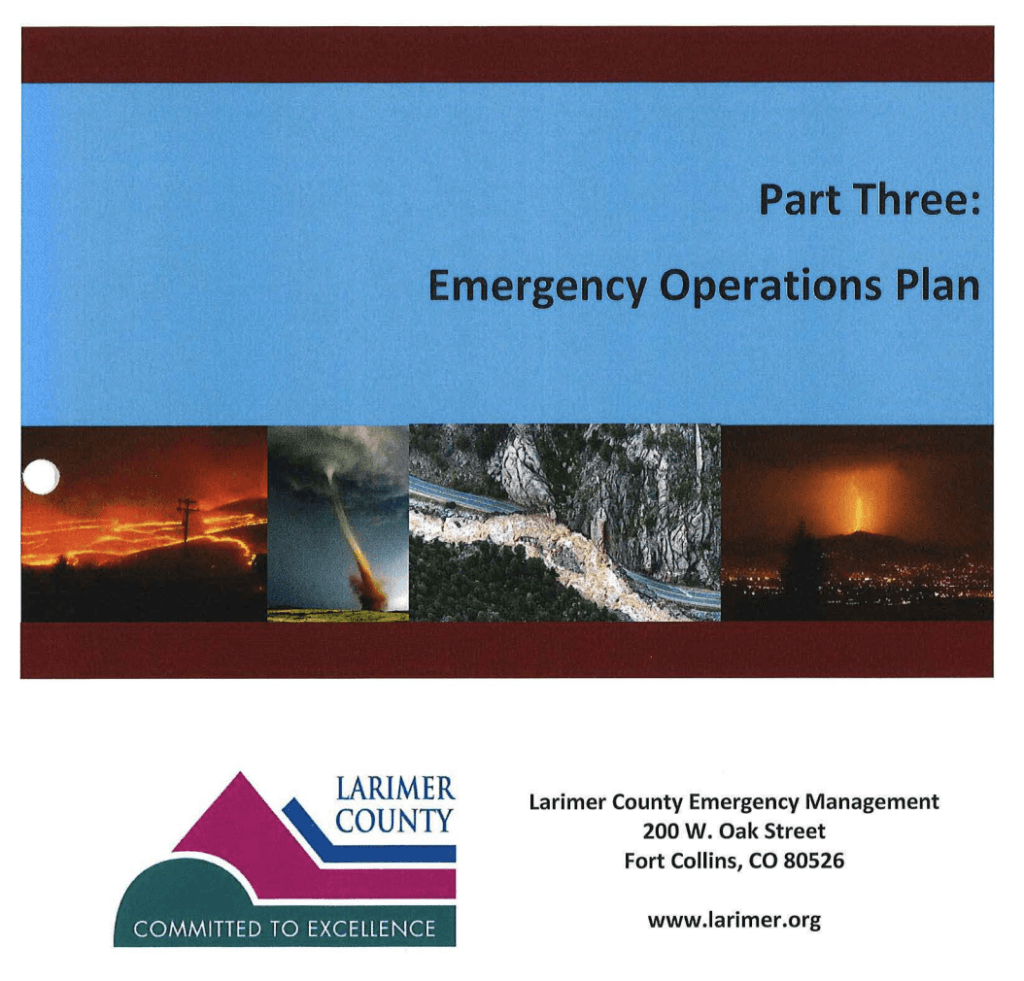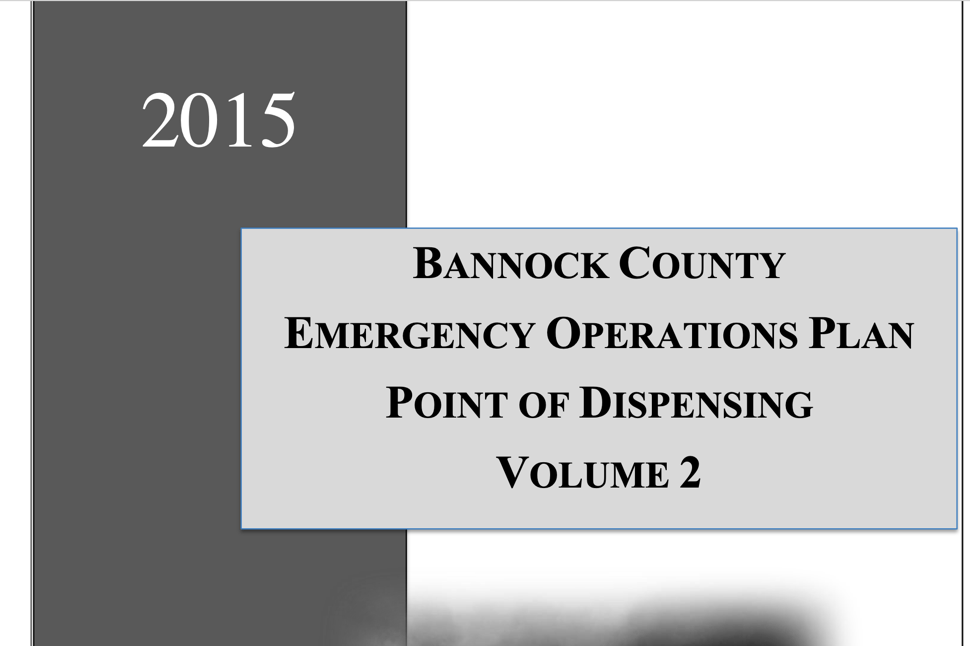Emergency Plans _review
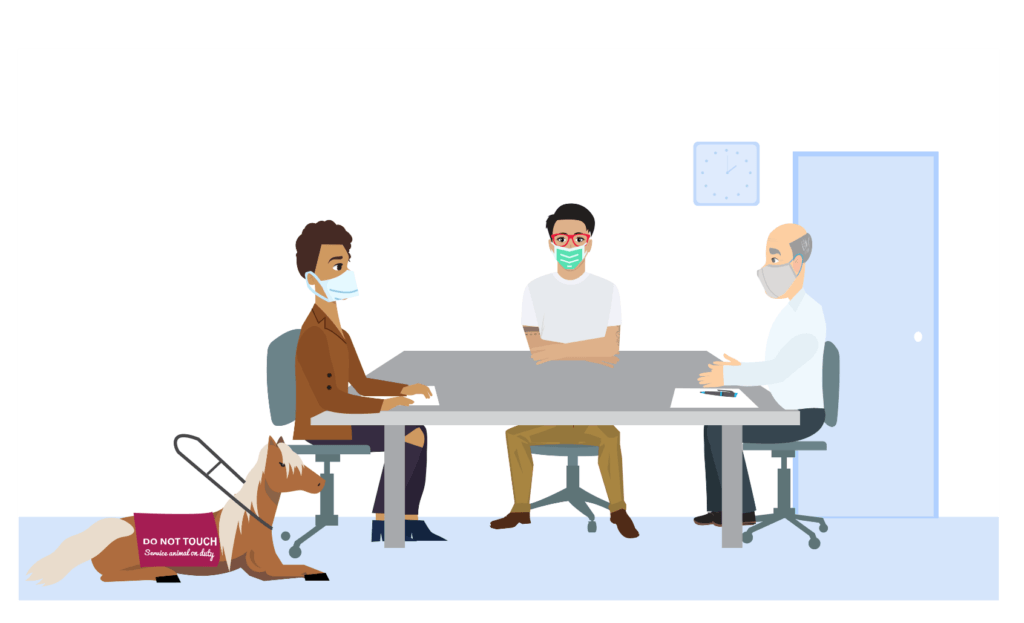
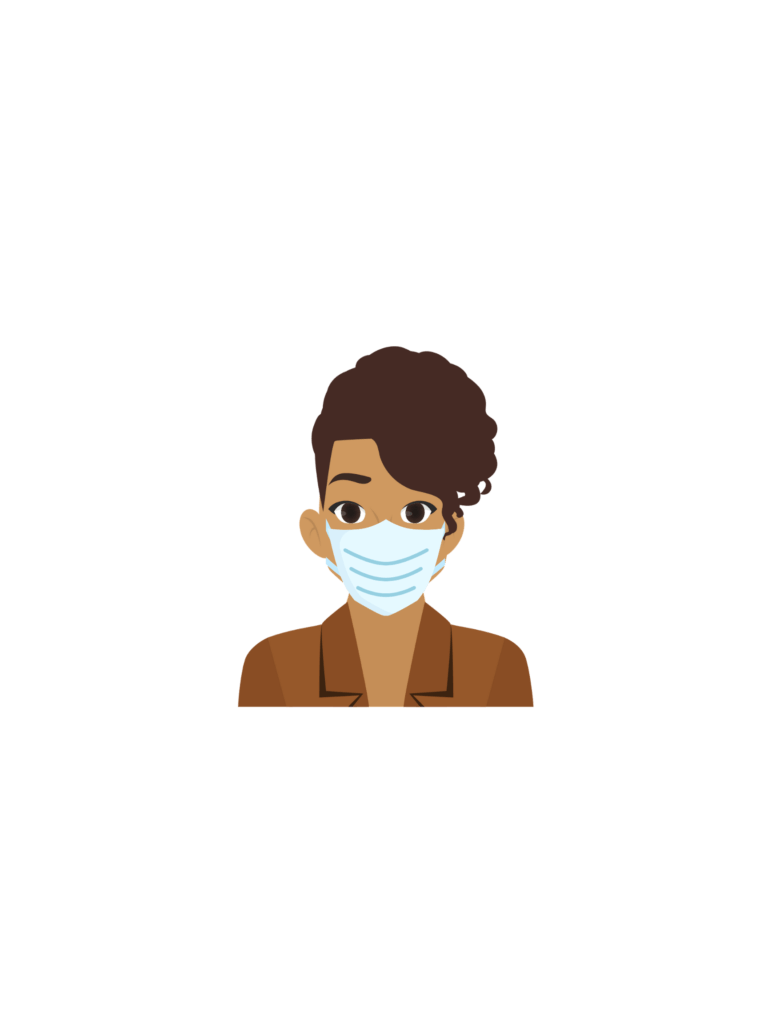
Carrie: You may be wondering what an emergency plan looks like, Terrye. You may not be surprised to learn that local emergency plans may have different titles and different looks.
Here are some examples:
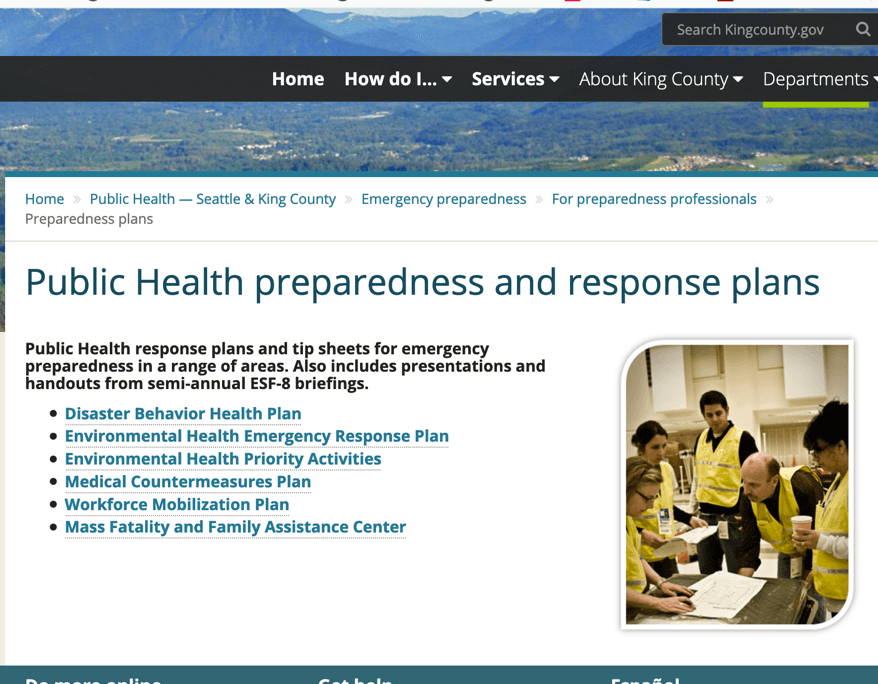
Remember:
– There may be more than one local emergency plan or there may be one plan with several “annexes” (appendices or attachments)
– Local plans may have different titles, like Emergency Plan, Emergency Response Plan, Emergency Operations Plan, Emergency Dispensing Site Plan, Hazard Mitigation Plan, among others
– There may be separate public health and public safety (emergency management) emergency management plans
– The plan may be posted on the city, town, or county website. If not, contact your local emergency management or public health office.
? In Disasterville PJ and EM posted the county emergency plans on the Disasterville County website. Do you think other communities do that as well?
Yes
You know that each community likes to do things differently from the others. You may be lucky enough to find emergency plans on the local government website. Or on file at city hall, the county offices, or even in the local public library. Before making outreach to your local government, you might want to read the plan and see what it says.
No
Emergency plans should be publicly available but they may not be.
Sometimes
Emergency plans should be publicly available but they may not be.
The plan should specify what happens during each of the 4 emergency management cycles in some detail:
– Preparedness (planning)
– Mitigation (decreasing risk)
– Response and recovery (after an event)
You can read your local plan to see if the needs of people with disabilities are included or if it is a whole community (inclusive) plan.

PJ: Remember your second visit to Disasterville? We talked about Emergency Dispensing Sites (EDS) and how to apply the Prepared4ALL process to making outreach and collaborating about them.
EDS planning is a public health responsibility. EDS plans are also known as Point of Distribution (POD) plans or Medical Countermeasures (MCM) plans. These are the public health plans that should cover COVID-19 vaccine distribution. These plans may be separate from other local emergency plans or may be part of a larger local plan.
? When reading your local EDS and other emergency plans, look for these potential gaps related to people with disabilities, chronic and mental health conditions:
Assumptions
The plan assumes that everyone in the community can walk, run, talk, drive (and has a car), follow directions quickly, and has enough knowledge, ability, and resources to take care of themselves. Such a plan would exclude many people with disabilities by definition.
The plan assumes that somebody else is responsible for emergency planning for people with disabilities.
The plan assumes everyone understands and communicates in the same way.
Responsibility Gaps
No clear responsibility for planning for people who use powered medical devices (e.g. ventilators) during power outages.
No clear responsibility for acquiring medical equipment for people in disaster shelters who lose their own equipment due to the emergency.
Limited Stakeholder Input
The local plan has limited to no input from community stakeholders. Stakeholders who participate in planning should include a diverse group of residents representing the many communities within the community, local community-based organizations, faith-based groups, health care providers including community health centers, and local businesses, among others.
During your next visit, we’ll talk about best practices related to inclusive emergency planning (whole community planning).

Carrie: An emergency plan may refer to a “registry.” Registries are paper or computer databases with the names, home addresses, and phone numbers of residents with disabilities. Registries are voluntary, so someone may choose not to participate.
Click the quiz link below to check your learning and continue.

